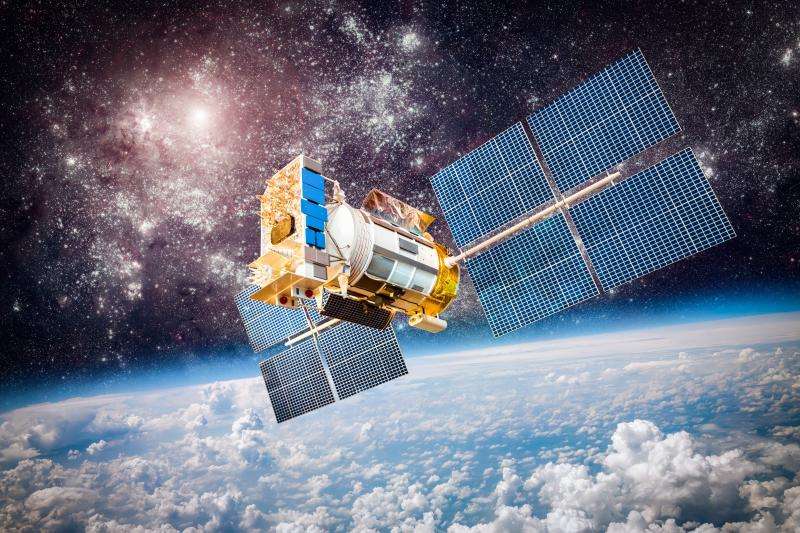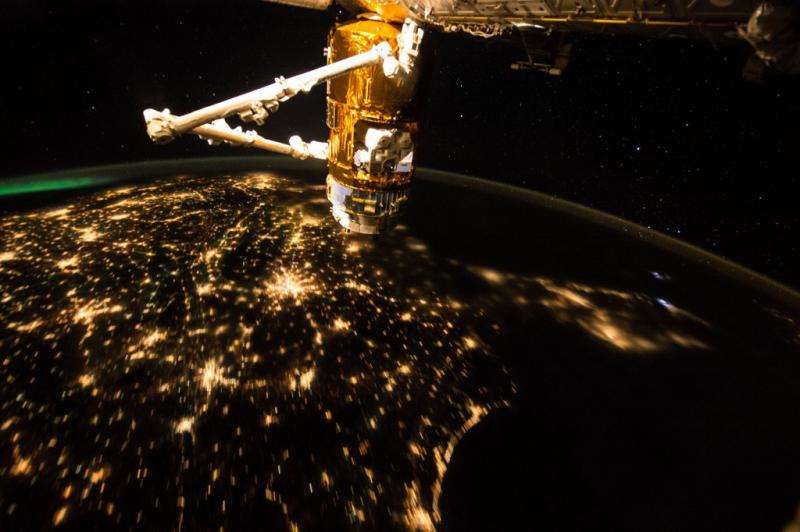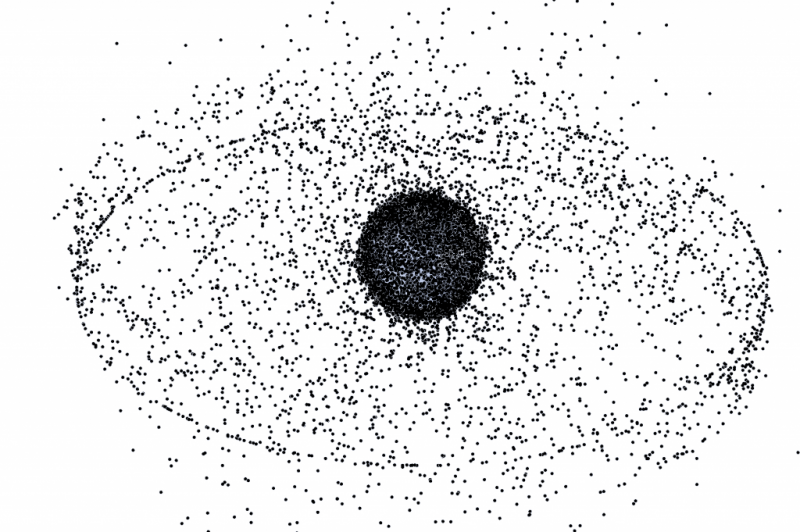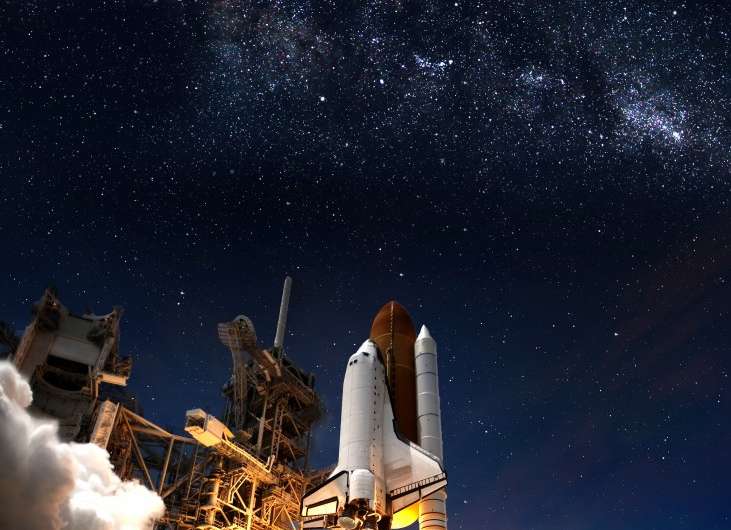Technology tackles space junk

Orbital debris can cause problems for space travel and satellites, so scientists have banded together to come up with innovative solutions, from laser cannons to proactive removal.
The 2013 movie Gravity opened with a nail-biting sequence in which the Space Shuttle and Hubble Space Telescope are shredded by debris flung from a cascade of exploding satellites.
The plot isn't a Hollywood invention. A growing number of objects in orbit threaten to start a snowball effect, where collisions generate pieces of debris faster than they fall to Earth naturally through atmospheric drag.
Known as the Kessler Syndrome, this phenomenon could make space travel and satellite use impossible for decades.
"I think we're at a tipping point," said Donald Kessler, namesake of the chain-reaction scenario. He served as chief scientist for NASA's orbital debris program for 17 years.
Kessler noted that a number of technical solutions are being developed to tackle the problem, but the clock is ticking.
Thanks to routine spacecraft activity, collisions and the occasional explosions, NASA is currently tracking more than 500,000 pieces of debris over 0.4 inches in orbit, moving at up to 17,500 MPH. Of the 20,000 or so that are over 4 inches, only about 1,300 are active spacecraft or satellites.
Since the first Sputnik satellite flew in 1957, there have been four known collisions between catalogued objects, Kessler said.
The most catastrophic was a 2009 collision between an Iridium communications satellite and a Russian Cosmos 2251 satellite at 7.2 miles per second over northern Siberia. That event and a Chinese anti-satellite test in 2007 together created two-thirds of all trackable debris.
Most objects are concentrated in heavily used polar orbits between 430 and 620 miles up.
As the risk has increased, space agencies' focus has shifted from mitigation—trying to keep debris numbers down—to active removal, said orbital debris expert Darren McKnight of Integrity Applications. Most ideas are still in the planning stages, but a few are underway.
In 2018, the Swiss École polytechnique fédérale de Lausanne plans to capture a CubeSat with a satellite called CleanSpace One, which uses a large net to capture the 4-inch-square object. If the mission is successful, the CleanSpace One will then reenter the atmosphere and burn itself up.

The U.S. Defense Advanced Research Projects Agency (DARPA) has proposed a craft called Phoenix that would also use a net to snag satellites. In this case, the idea would then be to salvage any reusable hardware.
As part of its e.DeOrbit mission, the European Space Agency (ESA) is currently testing weighted nets of different sizes, firing them at various targets using compressed air. During the tests, the nets usually had to be cut off the targets, which seems to be a good sign. The agency hopes to launch the system in 2021 aboard a Vega launch vehicle.
Scientists at a Japanese research institution are working on an idea that would involve mounting a laser cannon on the International Space Station (ISS) to help the spacecraft clear its pathway in times of need. Even though it's the most heavily shielded spacecraft ever launched, the ISS still has to change course about once a year to avoid passing too close to large pieces of space junk.
The laser wouldn't destroy each floating particle; instead, it would vaporize a tiny piece off its surface, creating just enough thrust to move the piece down toward the atmosphere, encouraging an eventual fiery death.
A variation of this approach uses tiny puffs of gas to nudge objects out of the way with as little as a few days' warning.
This "just-in-time" collision avoidance could compliment active debris removal systems and be much less expensive, explained McKnight, who developed the idea.
"It's a tradeoff between short-term risk and long-term risk," he said.
Risk is the key term whenever you talk about dealing with tumbling space junk, he said, since every unsuccessful attempt has the potential to create even more debris particles.
Other space junk-busting ideas include robotic arms, harpoons, segmented "tentacles" and long tethers, which could use electrically-induced magnetic fields to slow down floating objects.
Whatever system proves feasible, McKnight said, focusing on the largest objects makes sense.

There are still 66 functioning Iridium satellites in orbit, each one weighing more than 1,500 lbs. and floating at roughly the same altitude.
The derelict Envisat satellite is 85 feet long and weighs 18,000 lbs. That's roughly the same mass as each of the 17 SL-16 rocket bodies currently floating within a ten-mile altitude window.
"If just two of those collided, it would likely double the population [of debris objects] in a single event," McKnight said.
The space debris issue is basically an orbital tragedy of the commons, McKnight continued.
"Everybody is affected, but no one is specifically responsible for derelict objects because they're derelict."

Active removal is an incredibly complex process, he added. Not only do you have to identify, locate and approach each piece of junk, but space treaties require permission from the original owner before anyone can do anything to it.
Kessler calls himself optimistic on the topic, but he worries that governments and space agencies are moving too slowly toward a solution.
"The longer you wait, the more things you have to remove," he explained.
"We'll probably need another collision or two to get people's attention."
Provided by Intel




















